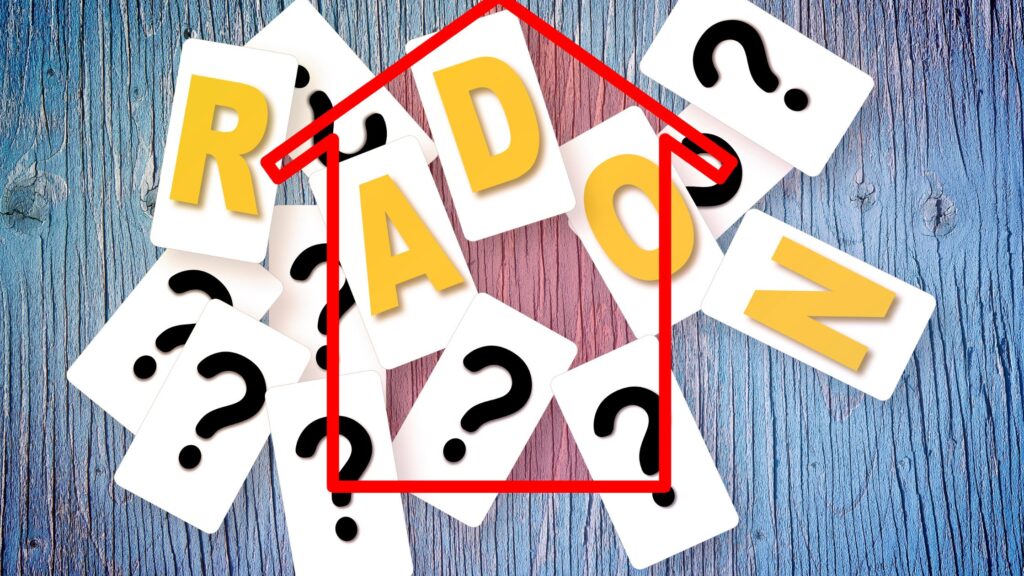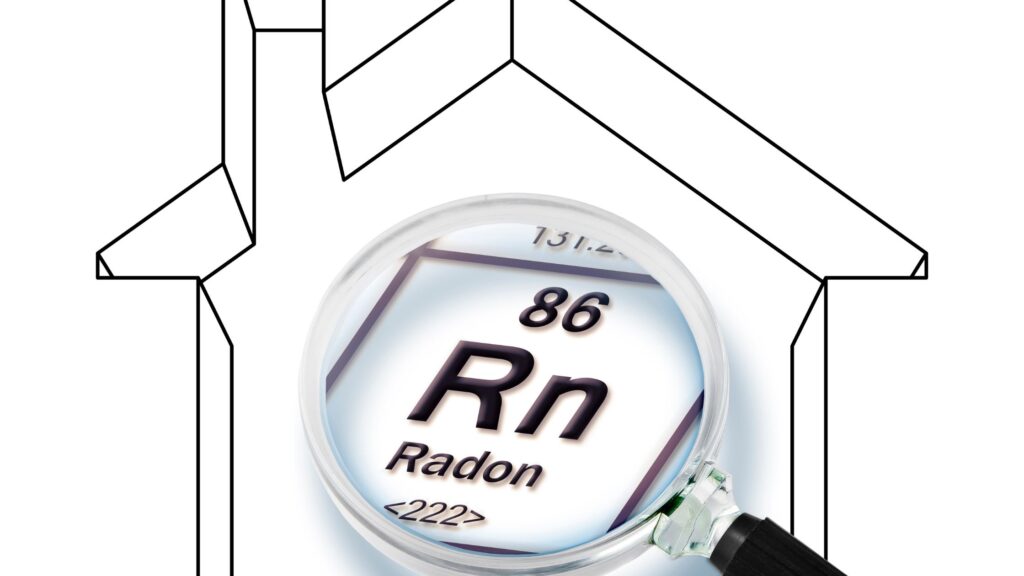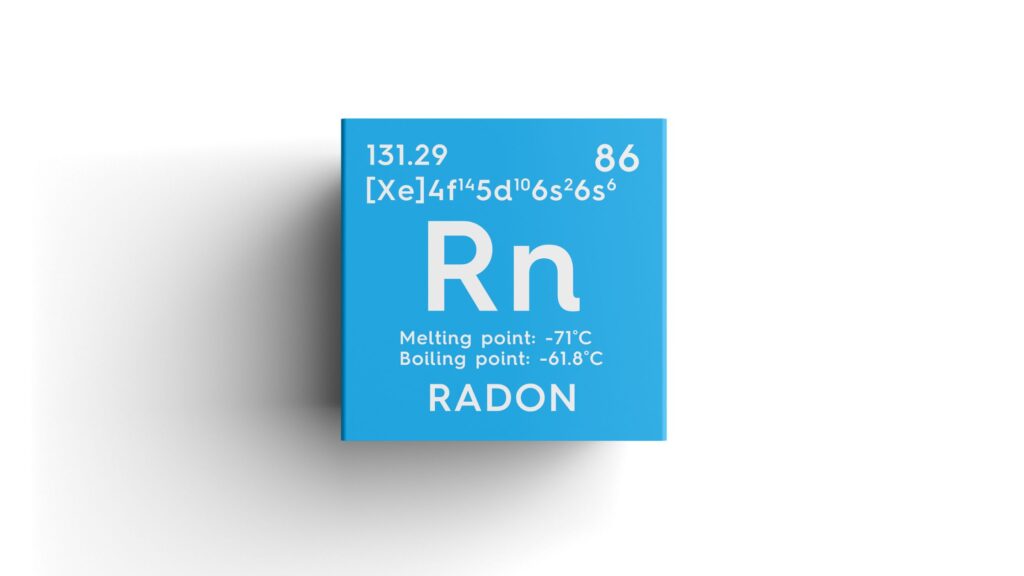Radon detection is an essential yet often overlooked part of protecting your home and family. As a naturally occurring radioactive gas, radon can silently seep into your home without any visible signs. Because it is odorless and colorless, most homeowners never realize it’s there—until it’s too late. Fortunately, modern testing methods now make it easier than ever to detect and reduce radon before it harms your health.
In this article, you’ll learn why radon detection is critical, how radon enters your living space, and what you can do to manage and mitigate its risks. Whether you’re buying a new home or checking out an existing one, early detection is the smartest first step.

What Is Radon and Why Is It Dangerous?
Radon is a radioactive gas that forms when uranium in the earth’s soil breaks down. It escapes into the air and can accumulate inside homes, especially in enclosed areas with limited ventilation. Since it has no color, taste, or smell, you won’t know it’s present unless you actively test for it.
Even though it sounds harmless, radon is a serious health risk. According to the Environmental Protection Agency (EPA), radon exposure is the second leading cause of lung cancer in the United States. Every year, thousands of people, many of whom are non-smokers, develop lung cancer due to prolonged radon exposure. The good news? Radon detection allows you to prevent this outcome before it happens. Learn more about this here.
How Radon Enters Your Home
Understanding how radon enters your home is key to protecting it. The gas naturally rises from the ground, especially in areas with high uranium content in soil or rock. Once beneath your home, radon finds easy pathways to infiltrate your indoor air. Here are some common entry points:
- Cracks in your foundation, floors, or walls
- Gaps around utility pipes and wiring
- Openings in sump pumps and crawl spaces
- Construction joints or poorly sealed flooring
Because radon moves upward, lower floors—like basements or crawl spaces—usually show the highest concentrations. However, this doesn’t mean the upper floors are safe by default. Radon can circulate throughout your home, which makes regular radon detection even more important.

Why Radon Detection Is Vital
You cannot rely on sight, smell, or any physical symptoms to detect radon. Therefore, testing your home is the only way to know for sure whether it’s infected by radon or not. Even homes in regions considered “low risk” can still experience dangerously high radon levels. Radon levels can vary dramatically between two neighboring homes, and here’s why radon detection is non-negotiable:
- It provides peace of mind and early warnings
- It allows for prompt action if levels are unsafe
- It protects your family’s long-term health
- It’s often required during real estate transactions
When you detect radon early, you have time to install affordable mitigation systems according to your needs. On the other hand, delaying testing puts your health in jeopardy.
Methods for Detecting Radon Accurately
Fortunately, radon detection doesn’t have to be complicated. Today, homeowners can choose from several effective detection methods depending on their needs and budget.
1. Short-term test kits
These kits typically monitor radon levels for 2 to 7 days. You simply place the device in your lowest lived-in area, wait the required time, and send it to a lab for analysis. They offer a quick snapshot of your current radon level.
2. Long-term test kits
These stay in place for 90 days or more and offer a more accurate representation of average radon levels over time. Because radon concentrations fluctuate with weather, ventilation, and other factors, long-term tests are considered more reliable.
3. Continuous radon monitors (CRMs)
These digital devices provide ongoing measurements and display results in real time. CRMs are ideal for homeowners who want constant tracking and higher data accuracy.
Regardless of the method, be sure to follow the manufacturer’s instructions carefully to avoid false readings. For the most precise results, especially in high-risk areas, professional radon detection is always a wise choice.
When to Call a Professional
While DIY kits are helpful, professional testing offers greater accuracy and peace of mind. Certified radon technicians use calibrated devices that meet EPA and state-specific standards. They can also analyze your home’s structure to recommend effective mitigation systems if needed.
You should contact a professional if:
- You’ve never tested your home for radon before
- You’re buying or selling a home and need certified results
- You’ve done a DIY test and received high or inconsistent results
- You’re planning renovations that could affect airflow or foundation
Professionals don’t just test—they guide you through every step, from identifying radon levels to implementing long-term solutions that protect your family.

Conclusion
Radon detection isn’t just a one-time task—it’s a smart and essential habit for any homeowner. Because radon can’t be seen, smelled, or tasted, it’s easy to overlook. Yet, its long-term health risks make regular testing non-negotiable. Whether you’re using a simple home kit or hiring a professional, the key is to act before problems arise. For trusted, certified, and professional radon detection services in your area, visit DSM Radon.
FAQs
1. How often should I test my home for radon?
Experts recommend testing every two years or after major structural changes such as remodeling, replacing floors, or repairing your foundation.
2. What is considered a safe radon level in a home?
The EPA advises homeowners to take action if radon levels reach 4.0 pCi/L or higher. However, even levels between 2.0 and 4.0 pCi/L may still pose health risks with long-term exposure.
3. Do new homes need radon detection?
Yes. New construction is not immune to radon, and modern building practices may even trap more radon indoors. Many builders now install radon-resistant features, but testing is still essential.
4. What should I do if my home tests high for radon?
If you receive high readings, don’t panic. Contact a certified radon mitigation professional who can install a system that vents radon from beneath your home to the outside, significantly lowering indoor levels.





